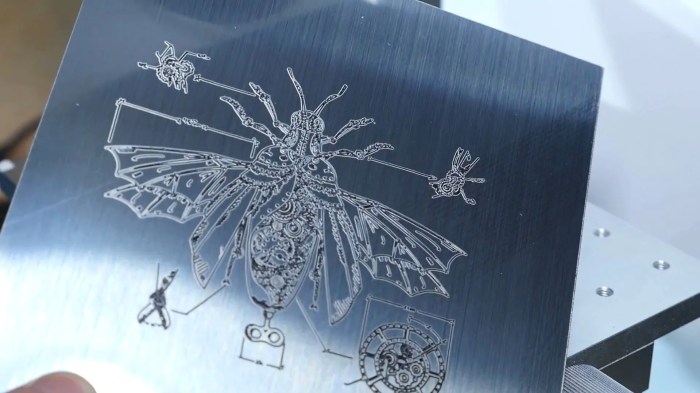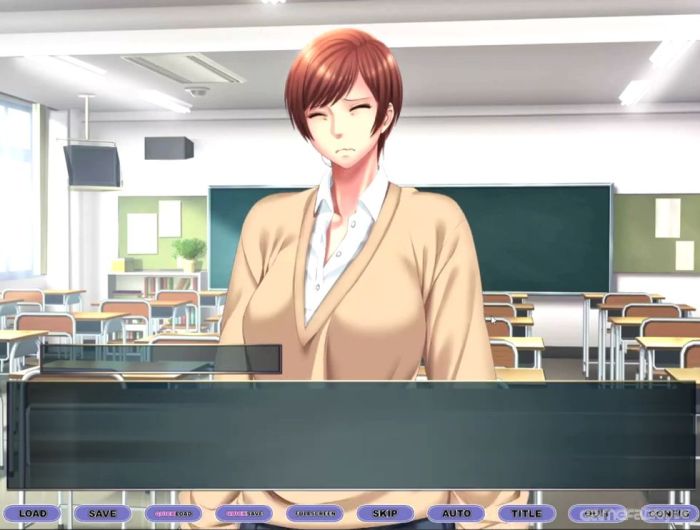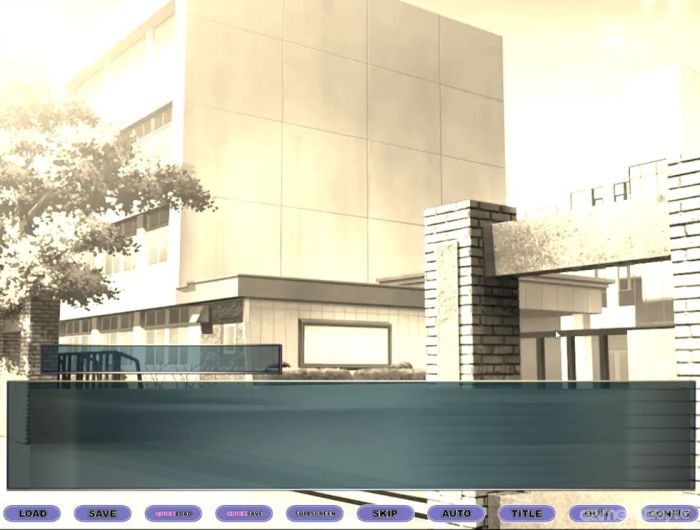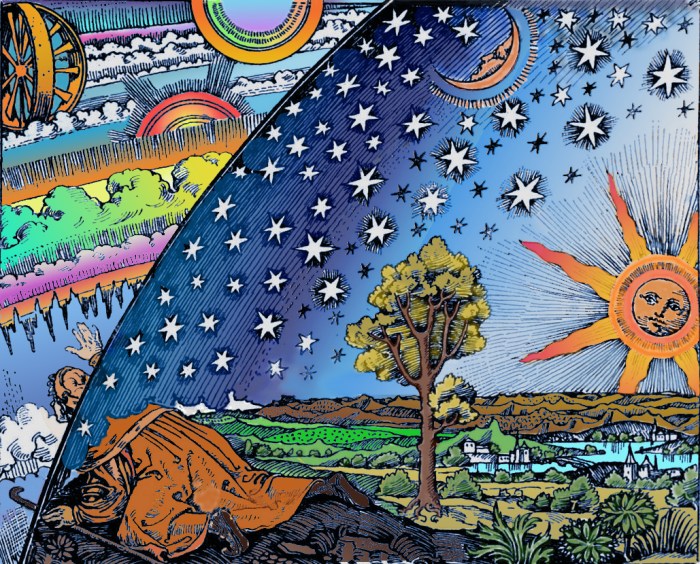Woodcut engraving allows for much finer detail than metal engraving, opening up a world of intricate and expressive possibilities. This ancient art form has captivated artists for centuries, from Albrecht Dürer to contemporary printmakers, leaving an enduring legacy in the annals of art history.
The unique characteristics of wood, with its grain and texture, enable woodcut engraving to capture minute details that are beyond the reach of metal engraving. This unparalleled precision has made woodcut engraving a favored medium for conveying intricate narratives, delicate landscapes, and emotive portraits.
Woodcut Engraving and Metal Engraving Techniques: Woodcut Engraving Allows For Much Finer Detail Than Metal Engraving

Woodcut and metal engraving are two distinct engraving techniques that produce unique artistic effects. Woodcut engraving involves carving designs into a wooden block, while metal engraving involves incising designs into a metal plate.
Fundamental Differences
The primary difference between woodcut and metal engraving lies in the materials used. Woodcut engraving employs a wooden block, typically made from hardwood such as oak or cherry. The wood’s grain and texture influence the level of detail achievable. In contrast, metal engraving utilizes a metal plate, usually copper or steel, which offers a smoother surface and greater precision.
Advantages and Disadvantages
Each technique has its advantages and disadvantages. Woodcut engraving allows for a more expressive and organic quality, capturing the grain and texture of the wood. It is also relatively inexpensive and accessible, making it a popular choice for large-scale printing.
However, woodcut engraving is less precise and durable than metal engraving.Metal engraving, on the other hand, produces finer details and sharper lines. It is more durable and can withstand multiple impressions, making it suitable for producing high-quality prints. However, metal engraving is more labor-intensive and requires specialized tools and skills, making it more expensive than woodcut engraving.
Renowned Artists, Woodcut engraving allows for much finer detail than metal engraving
Notable artists who have excelled in both woodcut and metal engraving include:* Albrecht Dürer (1471-1528): A German artist who mastered both techniques, producing intricate and detailed engravings.
Francisco Goya (1746-1828)
A Spanish artist known for his powerful and expressive woodcut engravings, often depicting social and political themes.
M.C. Escher (1898-1972)
A Dutch artist famous for his complex and mind-boggling woodcuts and metal engravings.
FAQ Resource
What is the main difference between woodcut engraving and metal engraving?
Woodcut engraving involves carving a design into a wooden block, while metal engraving involves engraving a design into a metal plate. Woodcut engraving allows for finer detail due to the softer nature of wood compared to metal.
Why is the grain and texture of wood important in woodcut engraving?
The grain and texture of wood contribute to the unique aesthetic of woodcut engravings. The grain can create subtle variations in line width and texture, adding depth and character to the image.
Can woodcut engravings be used for contemporary applications?
Yes, woodcut engraving continues to be used in contemporary art and design. Artists are exploring innovative techniques and combining it with other media to create unique and captivating works.


